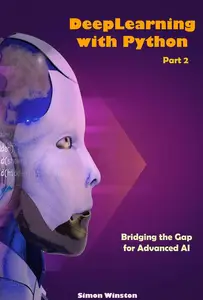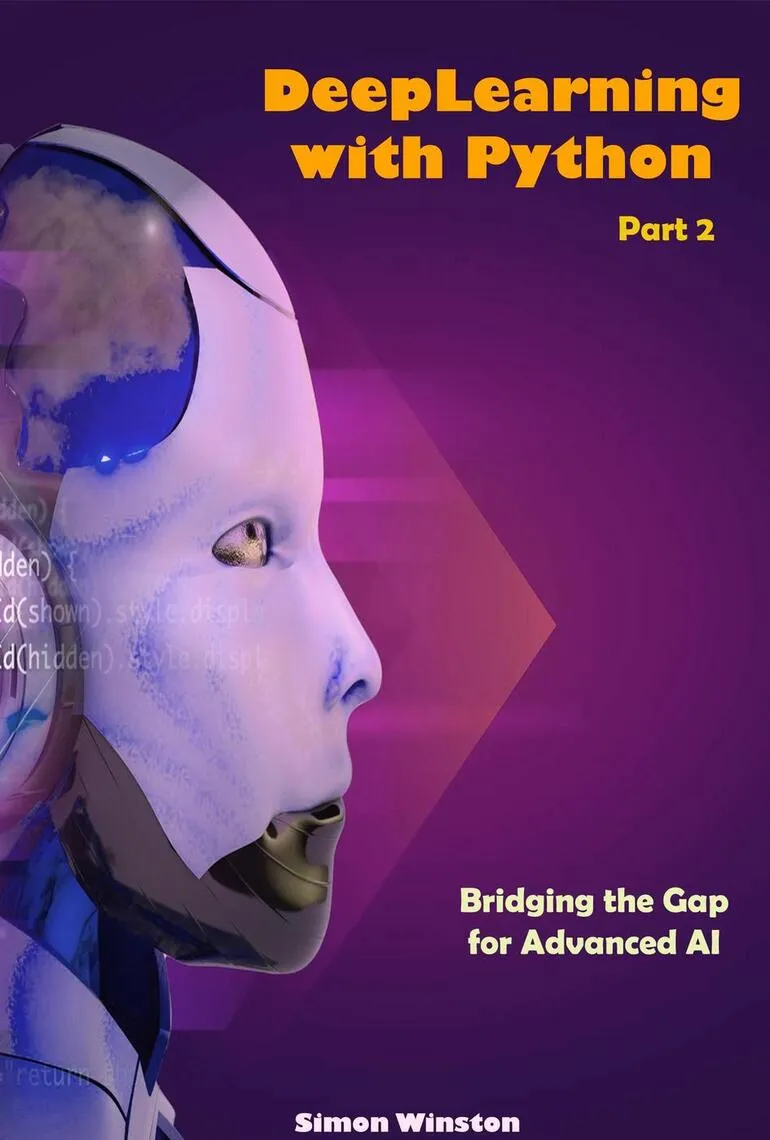Deep Learning with Python. Part 2
English | 2024 | ISBN: 2940180579799 | Pages: 170 | EPUB (True) | 343.47 KB
English | 2024 | ISBN: 2940180579799 | Pages: 170 | EPUB (True) | 343.47 KB
Deep learning has revolutionized the field of artificial intelligence, enabling computers to perform complex tasks that were once thought to be exclusive to human intelligence. Python, with its rich ecosystem of libraries and frameworks, has emerged as the language of choice for implementing deep learning algorithms.
"Deep Learning with Python: Bridging the Gap for Advanced AI" is a comprehensive guide that takes readers on a journey through the world of deep learning, equipping them with the knowledge and skills necessary to bridge the gap between basic understanding and advanced applications.
This book begins with a solid foundation in the fundamentals of deep learning, covering neural networks, deep architectures, and optimization techniques. Readers will explore the building blocks of deep learning with Python, including data preparation and preprocessing, model selection and evaluation, and an in-depth look at popular deep learning libraries and tools like TensorFlow, Keras, and PyTorch.
Moving beyond the basics, the book dives into advanced techniques such as convolutional neural networks (CNNs) for image classification and object detection, recurrent neural networks (RNNs) for sequence modeling and language generation, and generative adversarial networks (GANs) for image generation and style transfer.
The book also delves into deep learning for natural language processing, covering word embeddings, language modeling, and text classification. It explores transfer learning and deep reinforcement learning, providing insights into how pre-trained models can be leveraged and how deep learning can be applied to solve complex problems in reinforcement learning domains.
Ethical and responsible AI practices are at the forefront of discussions, and this book addresses the challenges of bias and fairness, privacy and security, and the explainability and interpretability of deep learning models. It provides guidelines for developing and deploying ethical AI systems.
With a focus on practicality, this book includes case studies and practical projects that allow readers to apply their knowledge in real-world scenarios. From image recognition to sentiment analysis and text generation, readers will gain hands-on experience by working on diverse projects.
The book concludes with a glimpse into the future trends and challenges in deep learning, exploring its applications in healthcare, autonomous vehicles, generative models, and creative applications.
Written by experts in the field, "Deep Learning with Python: Bridging the Gap for Advanced AI" is a valuable resource for researchers, developers, and enthusiasts who want to unlock the full potential of deep learning using Python. Whether you are a beginner or an experienced practitioner, this book will equip you with the tools and techniques to take your AI endeavors to new heights.



